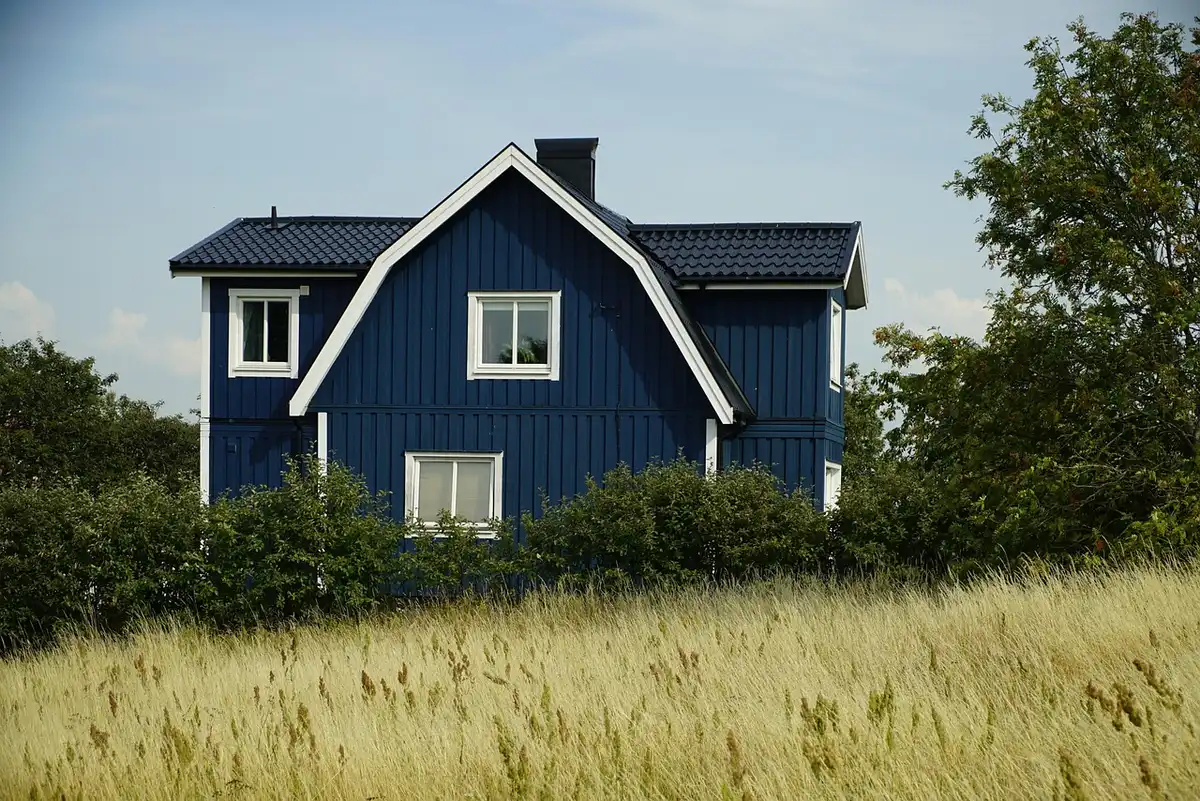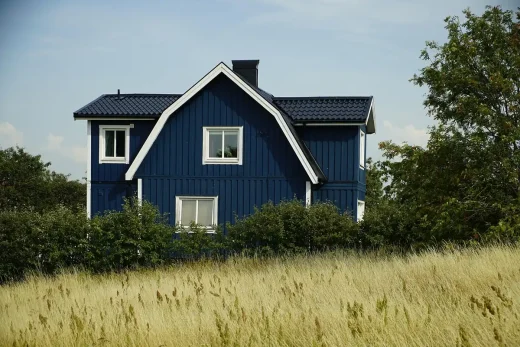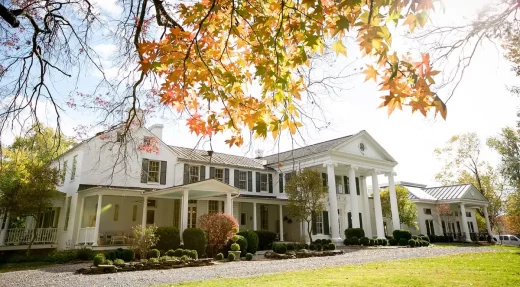How to budget for your first home in Wisconsin, Buying United States property guide, US house buy tips
How to Budget for Your First Home in Wisconsin
February 25, 2025
Buying your first home is exciting, but let’s be honest, it can also be pretty overwhelming. Between deciding where you want to live, finding the right home, and dealing with all the paperwork, there’s a lot to think about. But there’s one thing you can control that will make the whole process a lot smoother: your budget.
We’ve put together this guide to help you understand how to budget for your first home in Wisconsin. From figuring out the total costs to managing your savings, we’ll walk you through everything you need to know. By the end, you’ll have a clear picture of what it takes to get your first home, and, most importantly, how to avoid breaking the bank.
1. Understanding the Costs of Buying a Home
So, let’s start with the basics. Buying a home isn’t just about the price tag you see on Zillow or Realtor.com. There are plenty of other costs that can add up quickly.
Down Payment: The down payment is often the biggest hurdle for first-time buyers. Typically, you’ll need to put down around 20% of the home’s purchase price. For example, on a $250,000 house, that’s a whopping $50,000. That’s a lot of cash, but don’t panic, there are options. You might qualify for programs that offer smaller down payments, or you might find deals where you only need 3-5%. You’ll want to check out first-time homebuyer programs in Wisconsin that can help you reduce this upfront cost.
Closing Costs: Closing costs are another thing to keep in mind. These include things like title insurance, inspection fees, and other paperwork-related costs. Typically, these can be anywhere from 2-5% of the home’s purchase price. So, for a $250,000 home, you might be looking at $5,000 to $12,500 in closing costs. Definitely something to plan for.
Other Upfront Costs: You may need to budget for other things like property taxes, homeowners insurance, and any repairs or upgrades to the house. For example, if you’re buying an older home, you might need to set aside extra cash for fixes—maybe a new roof or updated plumbing.
All these costs add up, and it can be easy to forget some of them, so make sure you’re keeping track of everything. It’s all part of the big picture when it comes to buying your first home.
2. Creating a Homebuying Budget
Okay, so now you know some of the costs involved. But how do you actually budget for them? Here’s the deal: it’s all about setting up a plan, sticking to it, and being realistic about what you can afford.
Start with Your Income and Expenses: You’ve probably got a pretty good idea of your monthly income and the bills you already pay. But when you’re budgeting for a house, you need to be more detailed than just “rent, utilities, food, and fun.” Write down everything, yes, everything, from streaming subscriptions to gym memberships to your daily coffee run. The more specific you are, the better.
Set Your Home Budget: Now that you’ve got a clear picture of your current financial situation, you can figure out how much home you can afford. You don’t want to stretch your budget too thin, so a good rule of thumb is that your monthly mortgage payment (including taxes and insurance) shouldn’t be more than 28-30% of your monthly income. You’ll also want to make sure you have enough room for other costs, like utilities and maintenance.
Emergency Savings: Homeownership isn’t all about making that down payment and signing papers. You also need to be prepared for the unexpected. Whether it’s a leaky faucet or an emergency roof repair, you’ll need savings to handle those curveballs. Aim to have at least 3-6 months’ worth of living expenses in an emergency fund.
And don’t forget about day-to-day living expenses! You don’t want to go from renting comfortably to being house-poor. Make sure your budget leaves enough breathing room for things like entertainment, vacations, and the other little luxuries that make life enjoyable.
3. Calculating Your Affordability
Now that you’ve got your income, expenses, and savings in order, it’s time to figure out how much home you can afford. How do you do this?
The most common way to calculate affordability is through your debt-to-income ratio (DTI). This ratio compares the total amount of your monthly debt payments (including your potential mortgage payment) to your monthly income. Most lenders look for a DTI of 36% or lower, though it can go higher with certain loan types.
There are affordability calculators available online to help you crunch the numbers. But here’s a quick guideline: You want to make sure your total monthly mortgage payment, including principal, interest, taxes, and insurance, falls comfortably within 28-30% of your monthly income.
Wondering what the actual loan amount would look like? Try this out: If your monthly mortgage payment is $1,500, your combined debt payments shouldn’t exceed $3,500 to stay in a healthy DTI range.
Don’t forget to factor in your credit score, too. The higher your score, the better mortgage rates you’ll get. Lower credit scores can mean higher rates, which could affect how much you can afford to borrow.
4. Saving for Your Home Purchase
You’ve got your budget figured out, but now comes the hardest part: saving for all those upfront costs.
Start with Your Down Payment: As mentioned earlier, the down payment can be a big chunk of change. The key here is to begin saving early and to maintain this frequency. One strategy is to direct your first paycheck into your savings account. This will prevent you from using it for other things like making impulse purchases. You should also check on first-time home buyer programs in Wisconsin. They can assist you with a down payment or provide other financial assistance depending on your income or credit score.
Don’t Forget About Closing Costs: Like the down payment, closing costs can’t be ignored. Start setting aside money for this early, too. It might seem like a hassle, but if you don’t plan for it, you’ll be caught off guard when it’s time to sign the paperwork.
And don’t forget about other hidden costs! It’s easy to overlook things like home inspections, insurance, or moving expenses. Give yourself some wiggle room by padding your savings a bit.
5. Finding the Right Mortgage for Your Budget
When it comes to mortgages, there’s no one-size-fits-all solution. Depending on your financial situation, you may choose between options like fixed-rate, adjustable-rate, or FHA loans. Each has different benefits, so it’s important to pick the one that best fits your needs.
Even small differences in mortgage rates can have a significant impact on your overall cost. A slight change in your rate can result in thousands of dollars in savings over the course of your loan. If you’re buying a home in this area, it’s worth looking into mortgage rates in Wisconsin to find the best option that will keep your monthly payments manageable and help you stay within your budget.
6. Adjusting Your Budget Based on Your Mortgage
Once you’ve secured your mortgage, it’s time to adjust your budget accordingly. Remember, your mortgage is likely to be your biggest monthly expense. You’ll want to plan for this new expense by tweaking other areas of your budget.
It’s smart to also keep a little extra in your monthly budget for unexpected home maintenance costs. Even if the house is in perfect condition when you buy it, things break down over time.
Regularly review your budget to make sure you’re not overspending in other areas, especially in the first few months of homeownership.
It’s tempting to make your new place your dream home right away, but try to resist the urge to go overboard with renovations and luxury purchases.
Conclusion
Buying your first home in Wisconsin is a big deal, and the financial planning that comes with it doesn’t have to be overwhelming. If you break it down into manageable steps, you’ll be well on your way to homeownership success. Budgeting for your first home means understanding all the costs, saving for them, and finding a mortgage that fits within your financial plans.
Once you have a solid budget in place, you’ll feel a lot more confident as you move forward in your home search. With a little preparation and a lot of patience, you’ll be holding the keys to your first Wisconsin home in no time.
Comments on this guide to How to budget for your first home in Wisconsin USA article are welcome.
Wisconsin Buildings
Key American Property + Architectural Developments + Architects: US built environment updates
Wausau Homestead
Design: PKA Architecture
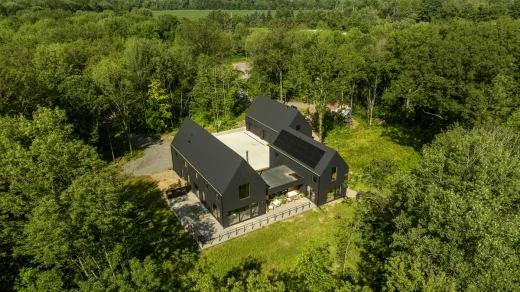
photo : Spacecrafting
Wausau Homestead, Wisconsin, USA
Lake Geneva House
Design: von Weise Associates
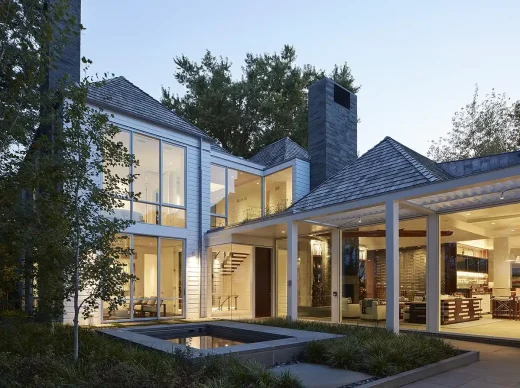
photo : HALL + MERRICK PHOTOGRAPHERS
Lake Geneva House, Wisconsin, USA
Pritzker Military Archives Center, Milwaukee
Architects: Jahn/

photo : Tom Rossiter
Pritzker Military Archives Center
+++
Architecture Designs
Home Designs
Comments / photos for the How to budget for your first home in Wisconsin page welcome

